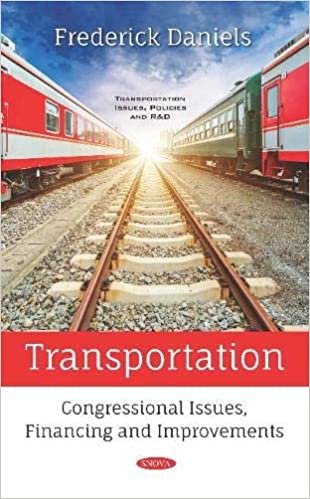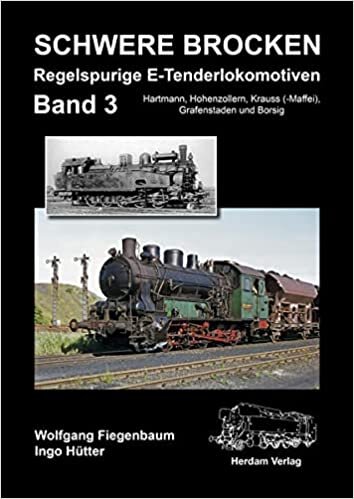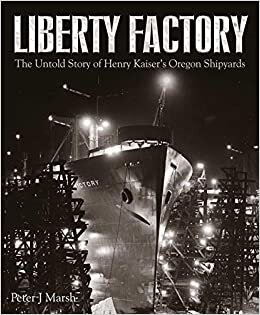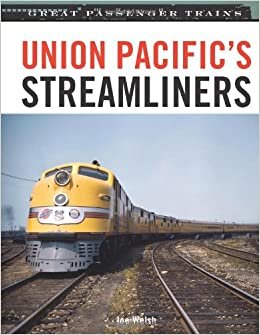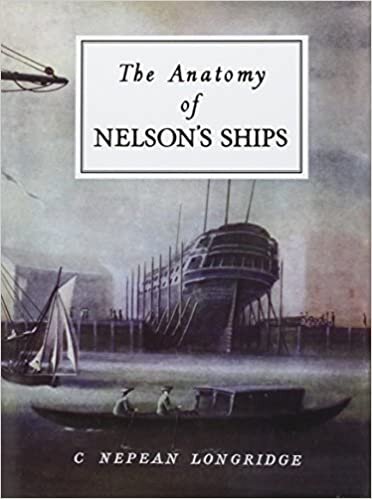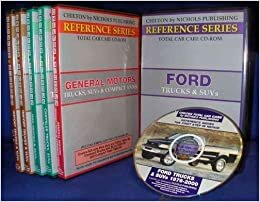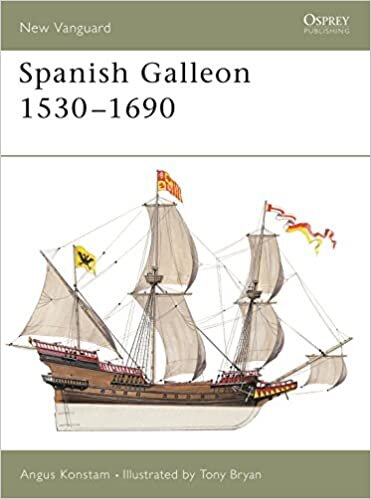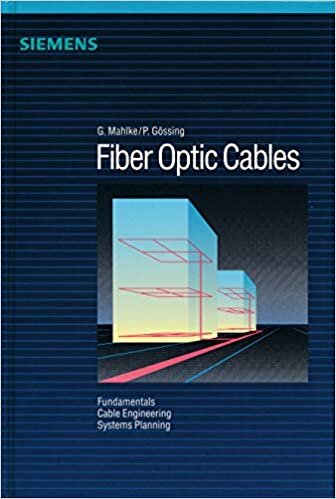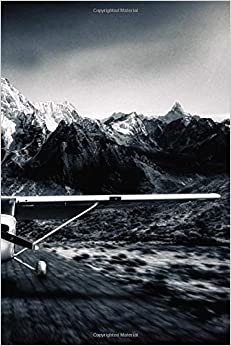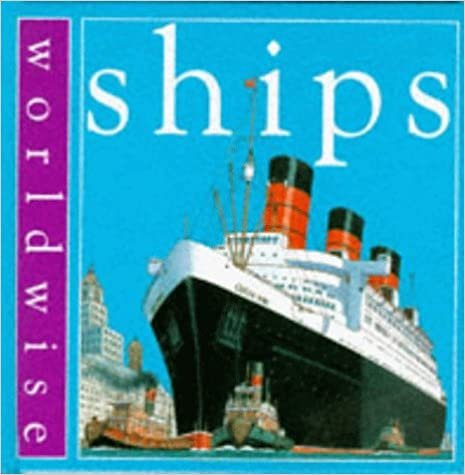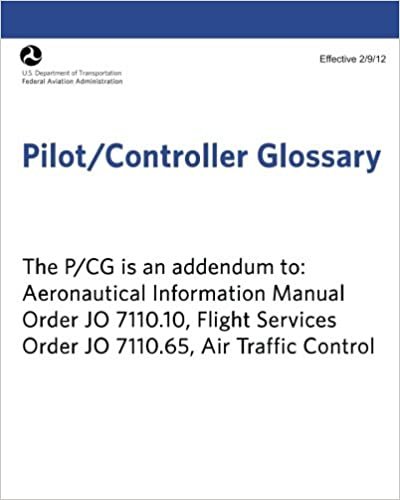Transportation: Congressional Issues, Financing and Improvements epub bedava indir
itibaren Frederick Daniels
Kitap açıklaması
The nation's air, land, and marine transportation systems are designed for accessibility and efficiency, two characteristics that make them vulnerable to attack. The focus of chapter 1 is how best to implement and finance a system of deterrence, protection, and response that effectively reduces the possibility and consequences of terrorist attacks without unduly interfering with travel, commerce, and civil liberties. Almost every conversation about surface transportation finance begins with a two-part question: What are the ""needs"" of the national transportation system, and how does the nation pay for them? Chapter 2 is aimed almost entirely at discussing the ""how to pay for them"" question. On 4 December 2015, President Barack Obama signed the Fixing America's Surface Transportation Act (FAST Act; P.L. 114-94). As reported in chapter 3, the act authorised spending on federal highway and public transportation programs, surface transportation safety and research activities, and rail programs for five years to 30 September 2020. Despite significant investments in public transportation at the federal, state, and local levels, transit ridership has fallen in many of the top 50 transit markets. If strong gains in the New York area are excluded, ridership nationally declined by 7% over the past decade. Chapter 4 examines the implications for federal transit policy of the current weakness and possible future changes in transit ridership. Congress created the Railroad Rehabilitation and Improvement Financing (RRIF) program to offer long-term, low-cost loans to railroad operators, with particular attention to small freight railroads, to help them finance improvements to infrastructure and investments in equipment. This program is discussed in chapter 5. The Department of Transportation's (DOT) Federal Railroad Administration (FRA) and Federal Transit Administration (FTA) carry out different approaches to rail safety oversight. FRA has a more centralised safety oversight program for railroads, while FTA's program for oversight of rail transit safety largely relies on state safety agencies to monitor and enforce rail transit safety, as established in federal statute. Chapter 6 examines (1) key characteristics of FRA's and FTA's rail safety oversight programs and (2) strengths and limitations of FRA's and FTA's rail safety oversight programs. Research sponsored by the Federal Railroad Administration (FRA) has identified driver behaviour as the main cause of highway-rail grade crossing crashes and that factors such as train and traffic volume can contribute to the risk of a crash. Chapter 7 examines: (1) the focus of FRA's grade-crossing-safety research, (2) how states select and implement grade-crossing projects and what data are available from FRA to inform their decisions, and (3) the challenges states reported in implementing and assessing projects and the extent to which FHWA assesses the program's effectiveness.
Popüler yazarlar
Sylvester Stone (79) Great Notebooks (70) Corn (48) Oxyger's Designs (44) Kolektif (39) Jason Soft (36) Brooklands Books Ltd (31) Dennis Weiss (24) Automastery (19) Dominion Publishing (16) Journals Factory (16) Gauge Marks (14) Facundo Conforti (13) Diverse Notebook (12) L'Enfant Prodige Books (12) Bernd S. Koehling (11) Aero Creations (10) Annette Krajcik (9) Muzaffer Taşyürek (9) J T Williamson (8)